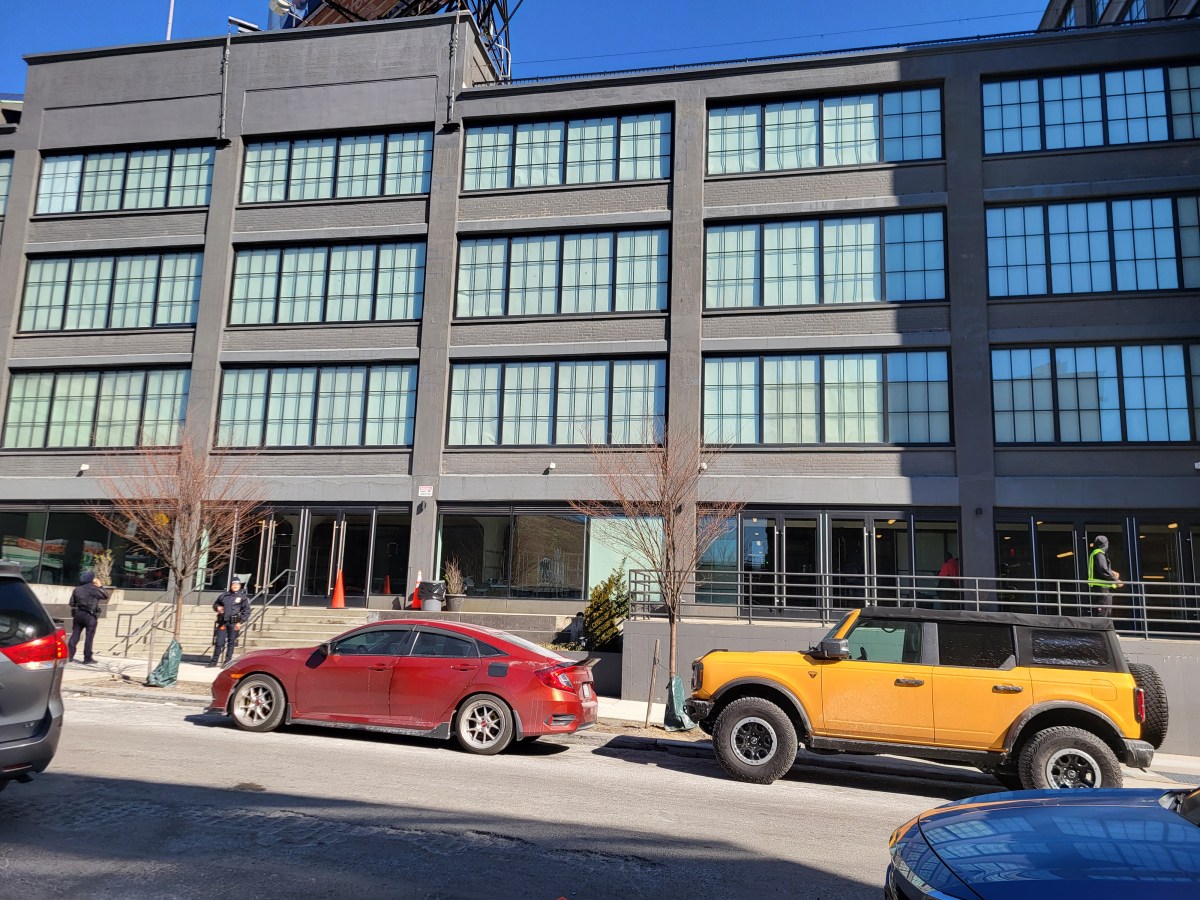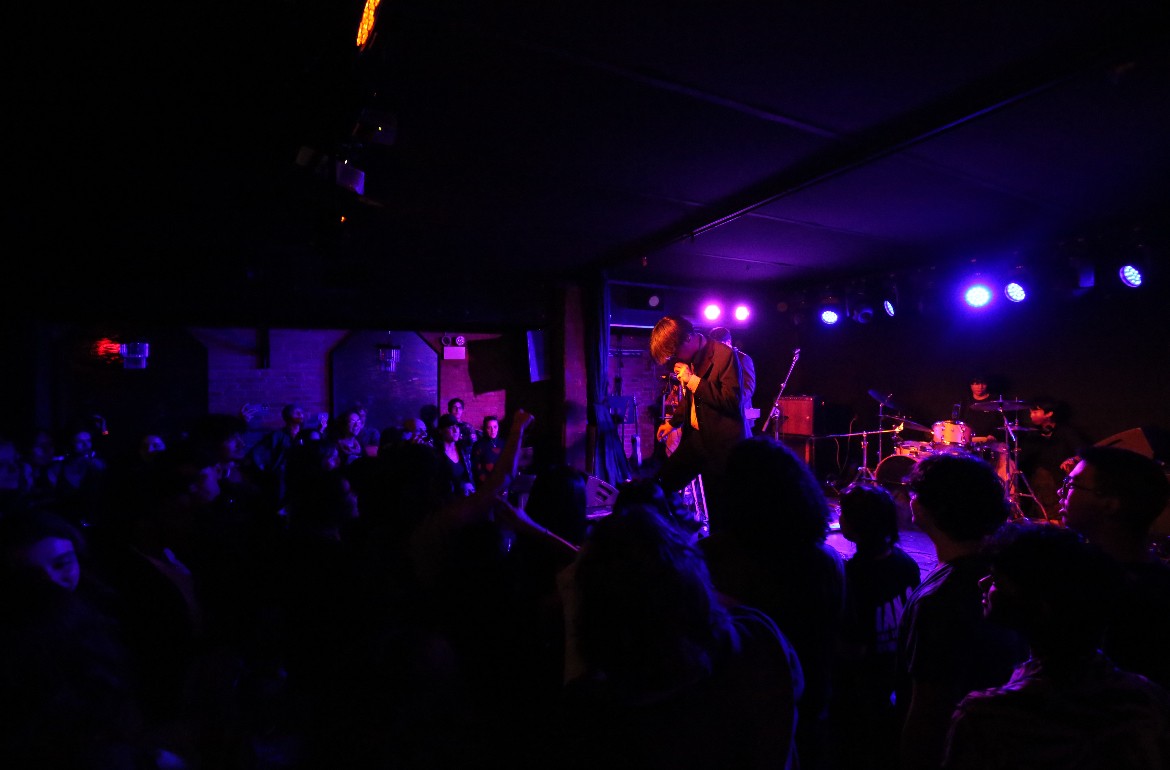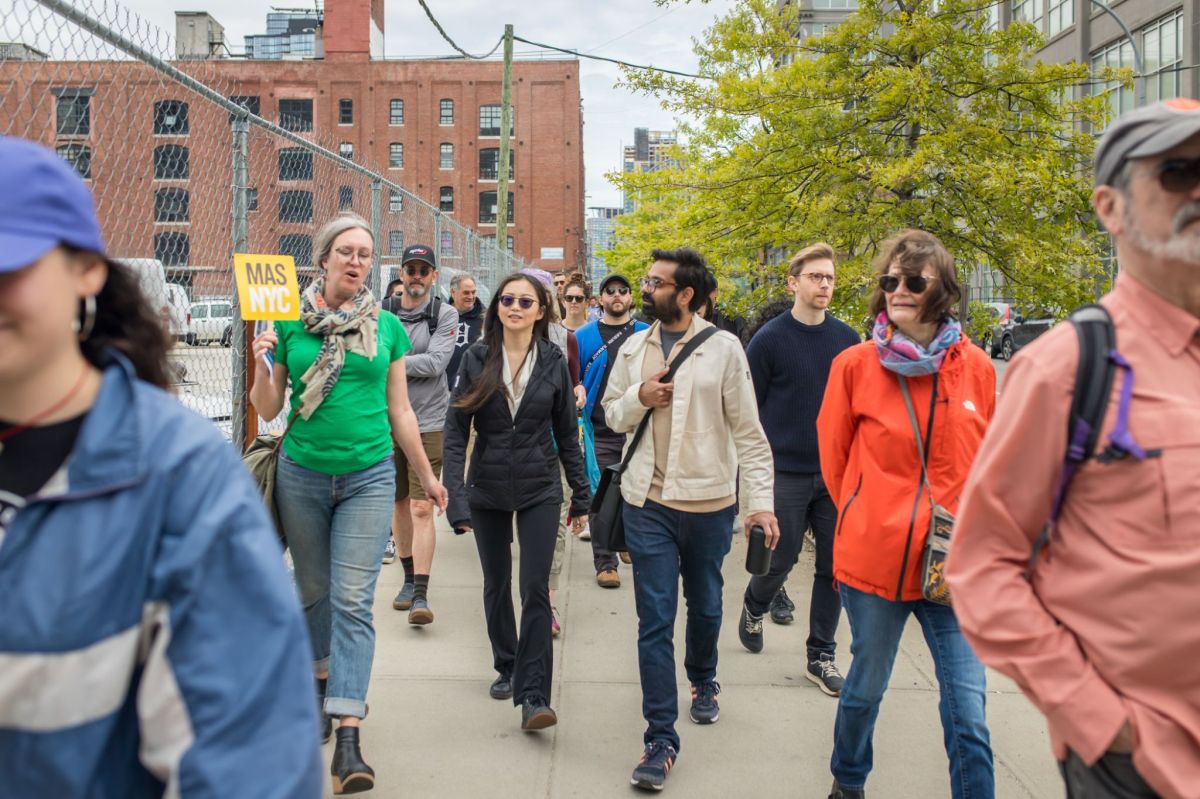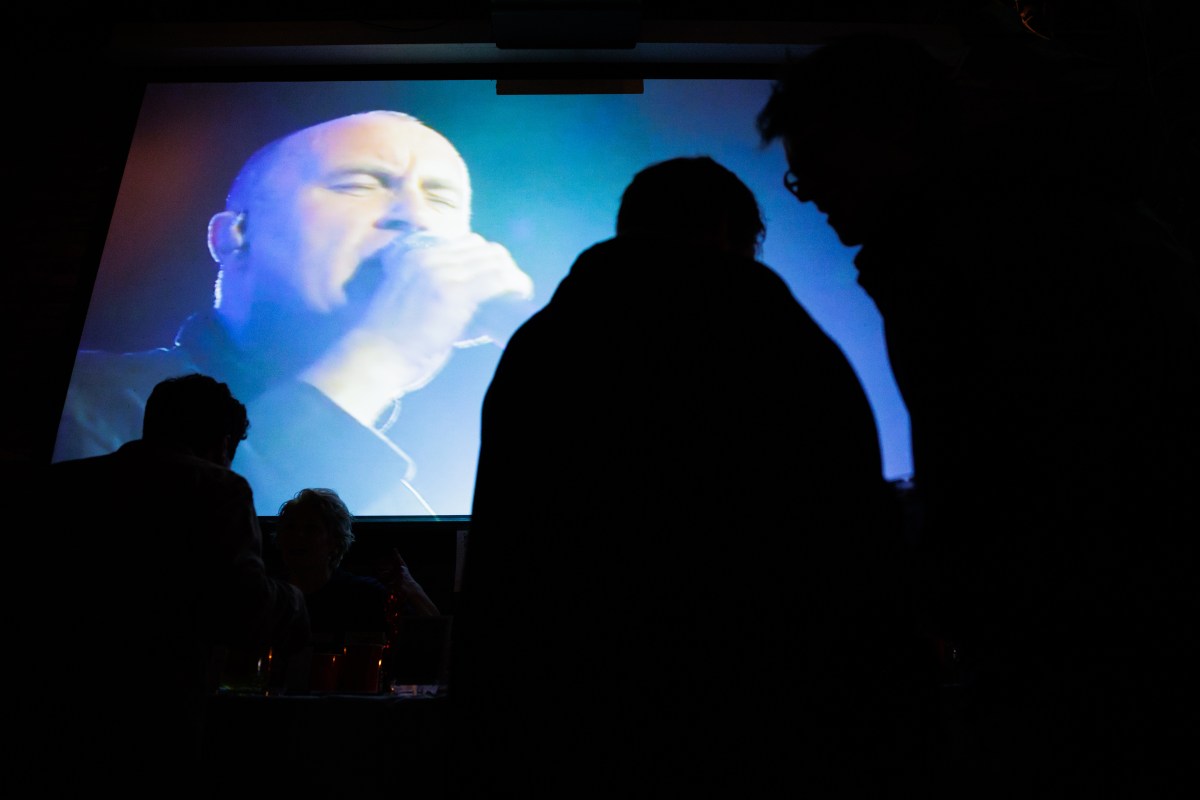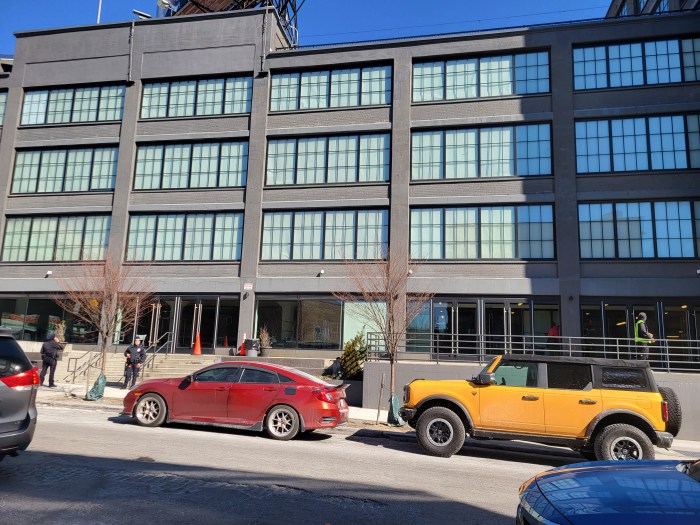It’s a new year, but the MTA has the same goal for 2025: deliver safe, reliable and affordable service for the millions of New Yorkers who ride mass transit every day.
Priority one has always been safety. We’ve worked closely with Governor Hochul, Mayor Adams and the NYPD to drive down crime to below even pre-pandemic levels, and this year, we have more buy-in than ever before on reforming the criminal justice system to keep dangerous individuals out of the transit system.
Those changes – combined with a continued strong police presence underground – should help us move the needle and encourage more New Yorkers to use transit.
I am optimistic about ridership growth in 2025. We have already seen modest increases in the first few days of January since the start of congestion pricing. So far, the implementation of our state-mandated program is going well. We’re hearing anecdotal evidence of faster commutes on buses and less traffic overall – great news for our riders and even those who still choose to drive. Nobody’s declaring victory just yet, but these are promising trends that we will watch closely over the coming months.
But even as we wait for more data on the impact of the congestion relief toll on travel patterns, street safety, and air quality, we’re not wasting any time getting to work improving transit. Last week, we celebrated one of the first investments to come from dollars generated by congestion pricing: the purchase of 265 new zero-emission buses.
And there’s a lot more to come – we currently have active procurements for Second Avenue Subway Phase 2, signal modernization on the Fulton Street line, and our next package of ADA accessible stations, to name a few upcoming projects.
The new MTA’s mission is to ensure that every penny is spent wisely. This is not the same agency that let schedules and budgets balloon unchecked for decades.
In fact, the MTA’s budget in real terms is 3% lower now than before COVID, even with significant increases to service on the subway and LIRR, transformative bus network redesigns underway or completed in all five boroughs, and the opening of a brand-new terminal at Grand Central Madison.
We want to ensure riders experience savings too – with OMNY fare-capping on the subway and buses, plus lower fares on commuter railroads for intracity travel through the City Ticket program. And thanks to discounts implemented during COVID, Metro-North and LIRR monthly ticketholders continue to pay less now than they did in 2019.
Here’s to keeping that momentum going for a historic 2025.
Janno Lieber is MTA chair and CEO.
Read More: https://www.amny.com/oped/
















